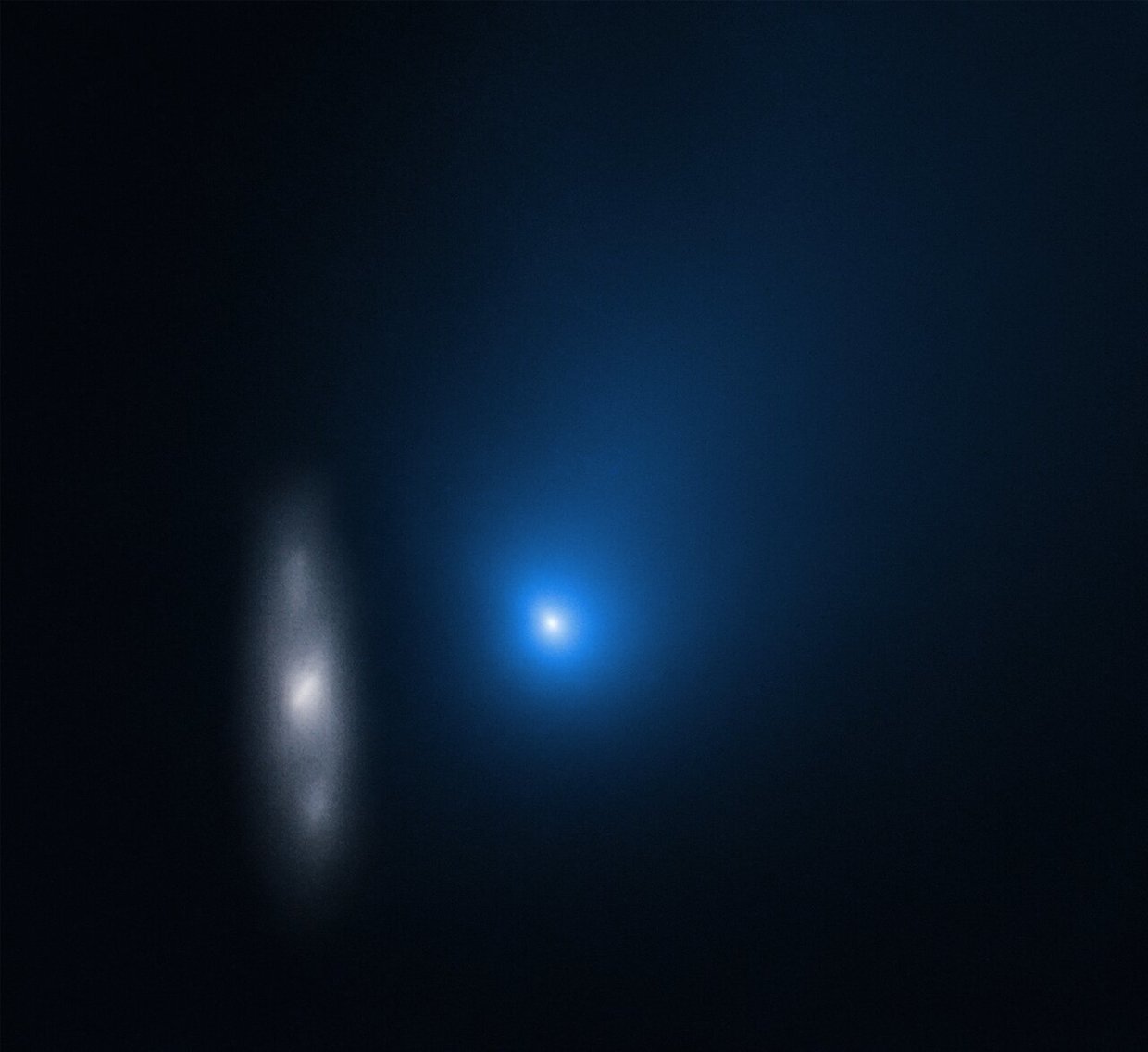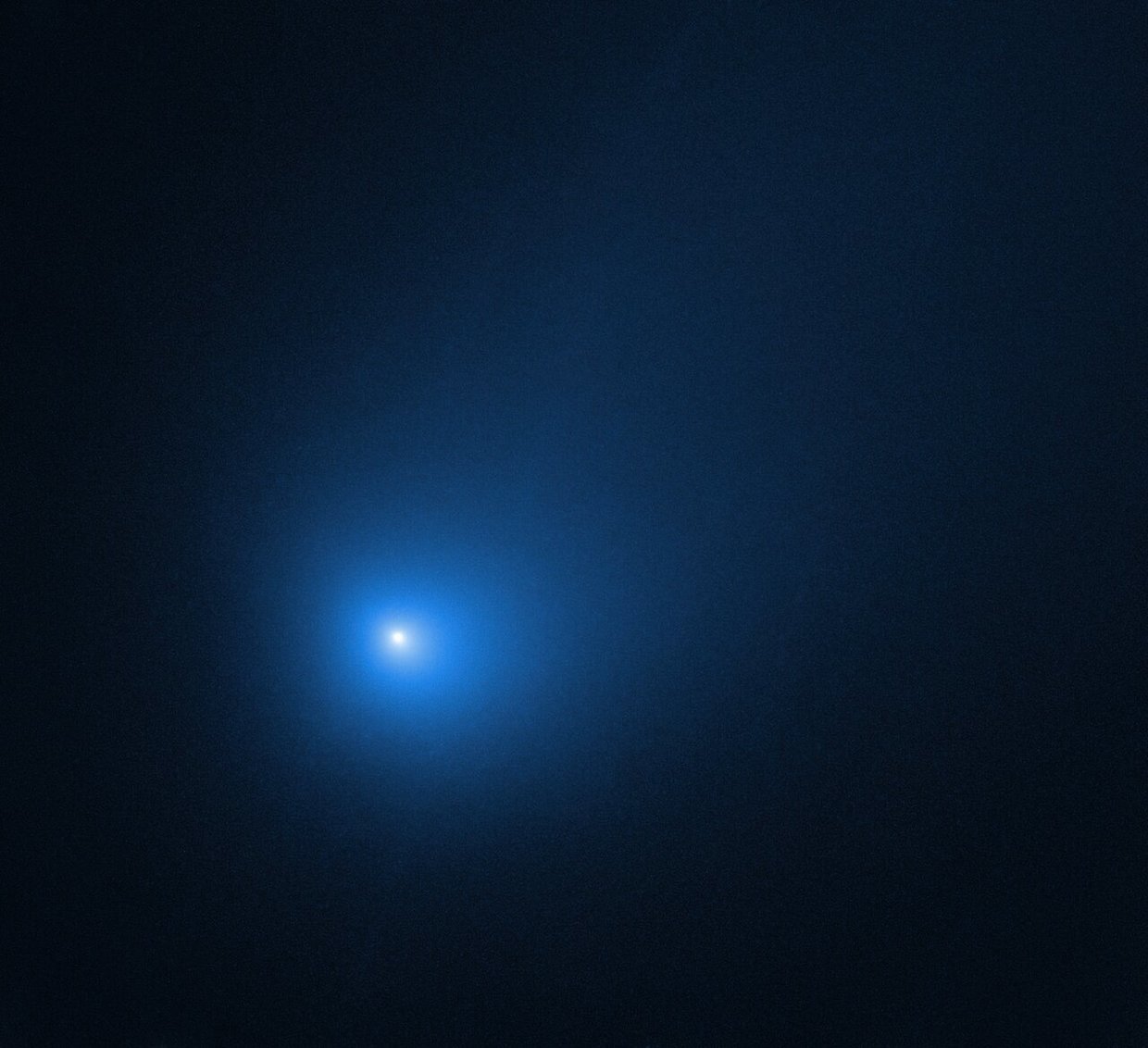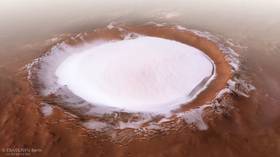Hubble snaps ‘close ups’ of interstellar comet Borisov as it passes through our solar system (PHOTOS)

The NASA/ESA Hubble Space Telescope has beamed back some truly incredible images of comet 2I/Borisov, one of the fastest comets ever seen and only the second interstellar object to pass through our solar system (that we know of).
New observations from November and December paint an even more detailed picture of our interstellar visitor, with one image taken at a distance of 326 million kilometers from Earth, with spiral galaxy 2MASX J10500165-0152029 in the background.

The image below is of the comet’s closest approach to the Sun, 298 million km from Earth, while its closest approach to Earth will take place in late December at a distance of roughly 290 million kilometres (close being a relative term when discussing interstellar objects).

“Surprisingly, our Hubble images show that its nucleus is more than 15 times smaller than earlier investigations suggested it might be,” said David Jewitt, a professor of planetary science and astronomy at the University of California, Los Angeles, who estimates 2I/Borisov’s diameter is less than a kilometer across.
Knowing the size of the interstellar object will help scientists determine how many more comets like it might be out there in the frozen void of space, both in our own solar system and elsewhere in the Milky Way.
Also on rt.com Crimean amateur astronomer finds ANOTHER comet, after helping NASA find alien water on interstellar visitorAmateur astronomer from Russia Gennady Borisov discovered the interstellar comet back in August, prior to which, all observed comets had come from the Kuiper Belt, a ring of icy debris, or the Oort Cloud, a ‘shell’ of icy debris, which is considered the outermost region of our solar system.
This may only be the beginning, given that telescope technology is ever-improving, and we may soon begin cataloguing many more interstellar visitors that were previously too dim for our best instruments to detect.
Also on rt.com New interstellar object heading our way, but this time we’re ready for itLike this story? Share it with a friend!














